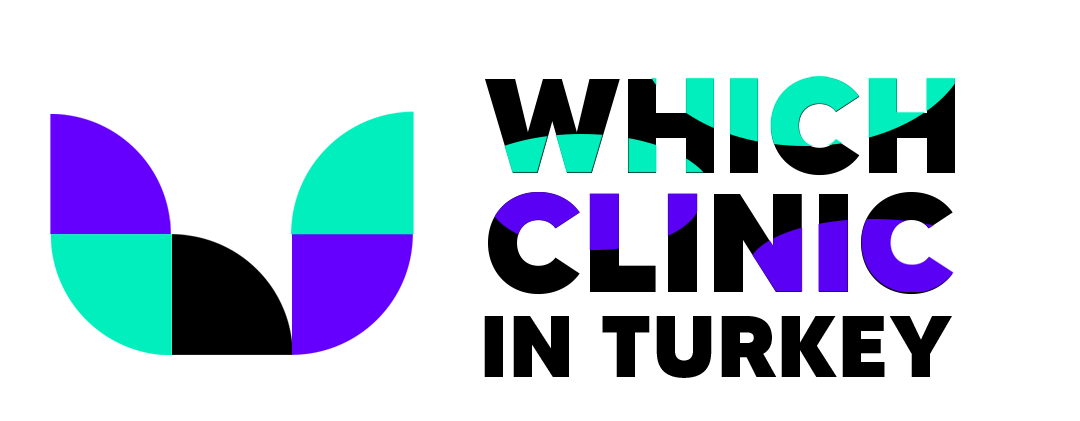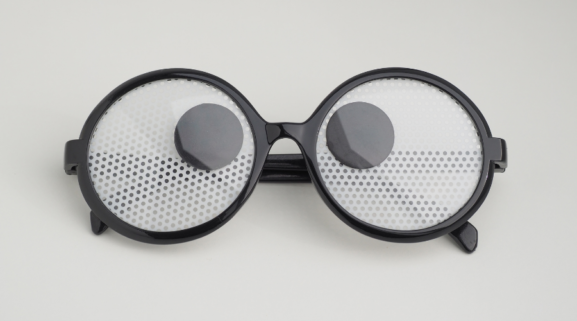What is Glaucoma (Eye Pressure)?
What is Glaucoma (Eye Pressure)?
Glaucoma, is a condition in which the optic nerves are damaged as a result of increased intraocular pressure. In glaucoma, the fluid pressure in the eye is high enough to damage the nerves in the eye. In most cases, glaucoma progresses without any symptoms, so it is difficult to diagnose. Early diagnosis and treatment of glaucoma is very important. If left untreated, it can progress and lead to permanent vision loss.
What is the Cause of Glaucoma (Eye Pressure) Disease?
If the intraocular pressure is high enough to damage the optic nerves, it causes glaucoma. There is a balance between the production of intraocular fluid and its excretion. If there is an obstruction in the discharge of the fluid out of the eye, the fluid begins to accumulate in the eye. The fluid accumulating in the eye causes the pressure to increase and the increased pressure puts pressure on the eyeball walls, retina and optic nerves. Continuing high pressure for a long time permanently damages the optic nerves. As a result of damage to the optic nerve, the patient’s peripheral vision is impaired in the first periods. The resulting vision loss may progress and lead to blindness in later periods.
What are the Symptoms of Glaucoma (Eye Pressure)?
Glaucoma is a disease that usually progresses without symptoms. The diagnosis of glaucoma is usually made during a routine eye exam. The presence of glaucoma can be detected by eye examination and measurement of eye pressure. Some symptoms are seen in glaucoma patients, albeit few:
- Headache and pain around the eyes caused by the rise of intraocular fluid
- Feeling of stiffness in the eye
- Complaint of pain when pressing the eye
- Complaints of temporary blurring of vision or ringing around light due to increased eye pressure during the day
- In congenital glaucoma, large eyes and size differences between the eyes are symptoms noticed by parents in children.
Who Gets Glaucoma (Eye Pressure)?
Although glaucoma can be seen at any age, it is more common in patients over the age of 40. For patients over the age of 40, it is recommended to have their eye pressure checked once a year. In addition, patients with a family history of eye pressure should have it checked more frequently. Patients with certain risk factors are more likely to have glaucoma:
- Advancing age
- High intraocular pressure
- Occurrence of ocular hypertension in the family
- Myopia or Hyperopia
- Eye trauma
- Thin corneal thickness
- Smoking
- Long-term cortisone therapy
- Systemic disorders such as diabetes, migraine, cardiovascular problems
How Is Glaucoma (Eye Pressure) Treated?
The damage caused by glaucoma to the eye is irreversible. The treatments applied after glaucoma is diagnosed are applied to prevent the glaucoma from progressing and causing further damage to the eye. In the treatment of glaucoma, drug therapy, eye drops, laser or surgical interventions can be applied depending on the progression of the disease. Eye drops are frequently used in the treatment of glaucoma. In order to reduce intraocular pressure with the help of eye drops, the production of aqueous fluid produced by the eye is reduced or the expulsion of the produced fluid from the eye is increased. Regular doctor control is also very important in the treatment of glaucoma. Progression of glaucoma should be checked regularly in examinations.



